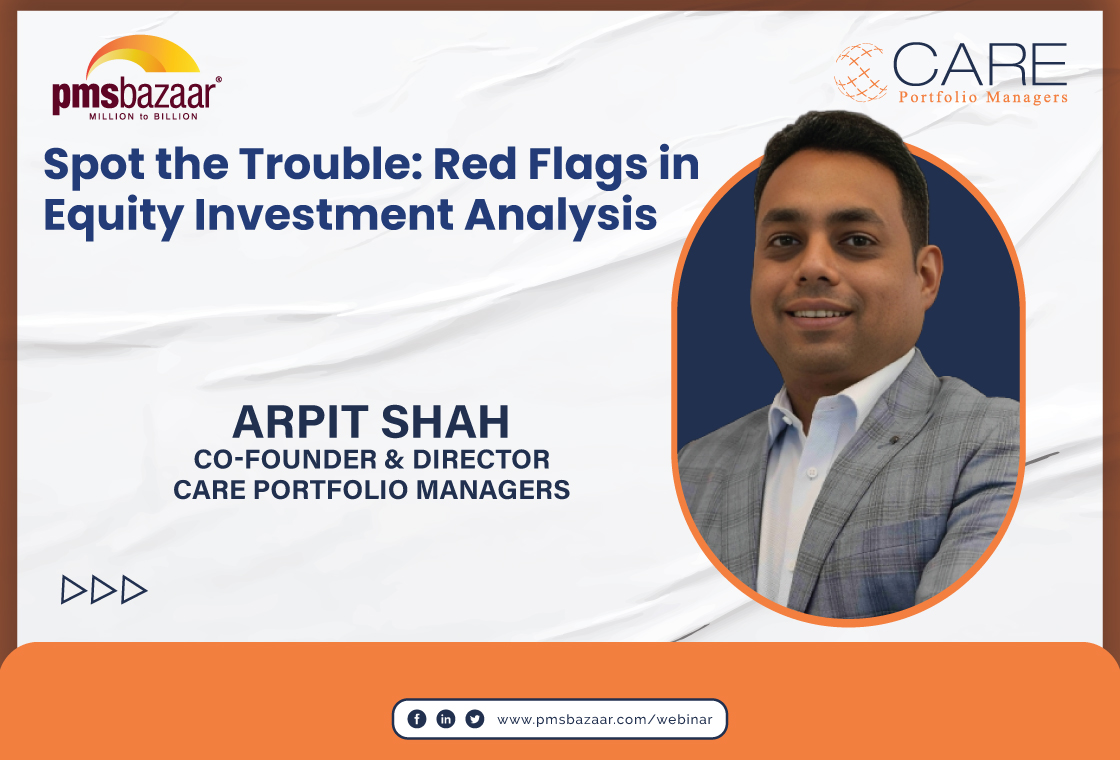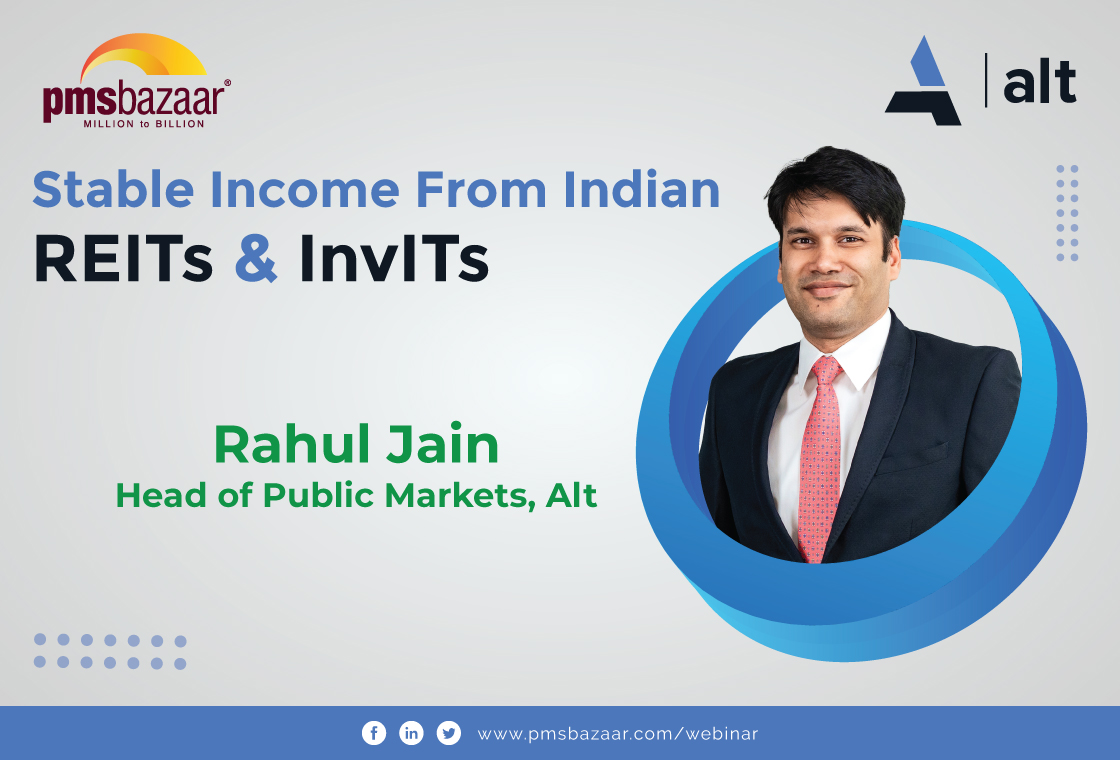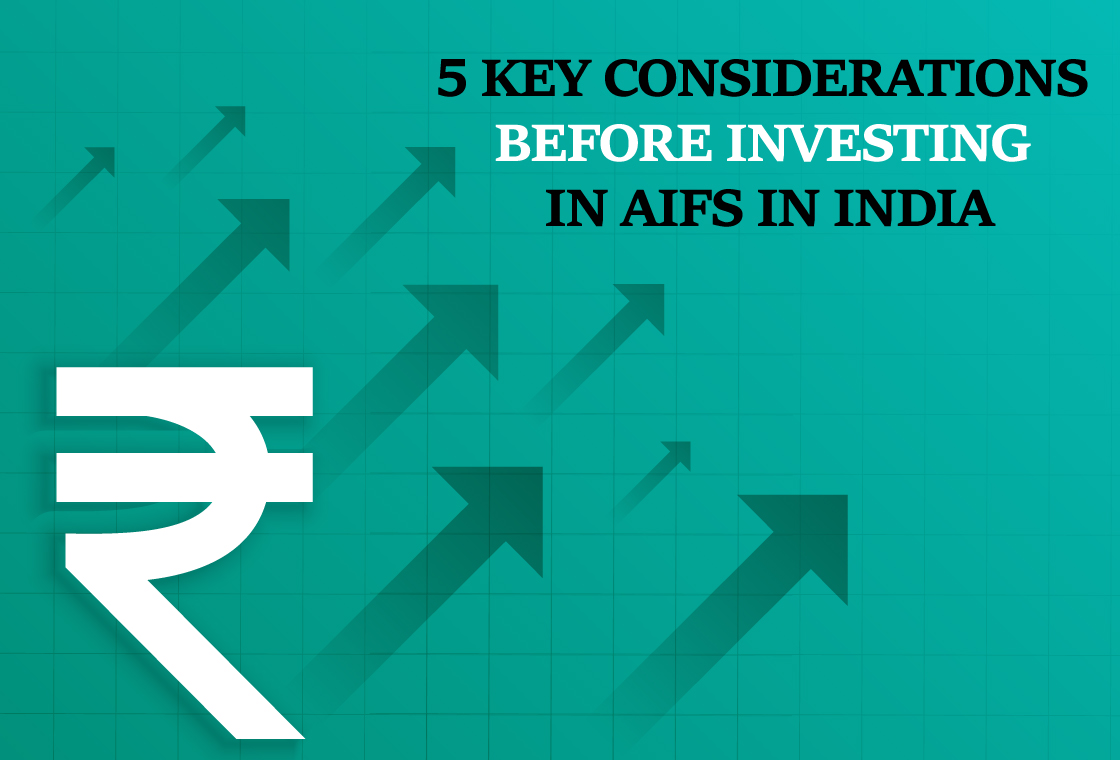The need for any investment is to protect your capital, to grow your capital, and to pass wealth at an individual level for inter-generational transfer.

“Alternative investment funds (AIFs) can provide an interesting opportunity for investors to diversify their portfolios, dampen the impact of market volatility and help them achieve their long-term investment objectives, even during times of market uncertainty”, says Ms. Usha Nair, Senior Vice President and Head- Distribution, DSP Investment Managers. That is why it is imperative that investors understand the various strategies available to make more informed decisions regarding the role of AIFs in their portfolios.
There are three different categories of AIFs. AIF that invest in early-stage ventures, start-ups, social ventures, Small and Medium Enterprises (SMEs), infrastructure, or other sectors/areas considered by the government or regulators as socially or economically desirable are Category I AIF. Category II is a very large segment such as real estate.
AIFs that employ complex or diverse trading strategies and employ leverage, including investment in listed or unlisted derivatives, fall under Category III AIF. AIFs such as hedge funds or funds that trade for making short-term returns or other such funds that are open-ended. Category III is also known as long-short funds, where a sophisticated investor would prefer advanced participation or long-term equity investment over a typical mutual fund investment. The long-short within this category is a fairly large fund with about INR 13000 crore of assets under management.
Diversification through AIFs offers many advantages. One such advantage is an increase in return with a reduction in volatility. AIFs typically have a low correlation to more traditional asset classes and therefore provide an opportunity for portfolio diversification, reducing overall risk exposure across investments. AIFs typically don't correlate to the stock market, which means they can be used to add diversification to a portfolio and help mitigate volatility. Some can also offer tax benefits not available in traditional investments.
Indian markets are inherently volatile and compared to the European and US markets, Indian markets are 1.5 times more volatile and 1.2 times more volatile than the Asian markets. While Indian markets are highly volatile the returns generated are comparatively higher. That is higher volatility implies higher risk which implies higher returns.
According to Ms. Usha Nair, “The role of long-short strategy comes at the moment the market is volatile. In Indian markets, we witness extreme behavior. There are sectors that perform very well and some sectors perform very poorly. Also within the sector, the stocks show huge divergence. This divergence and dispersion in the Indian markets necessitate employing long-short strategy”.
To show how this long-short strategy works, Ms. Sunanda Venkataraman, Vice President, Strategic Alliances, DSP Investment Managers, explains the concept through DSP’s long-short product category – DSP India Enhanced Equity Satcore Fund. This fund was first launched in the year 2014 and another one was launched in the year 2017. The investment strategy of the fund is divided into 3 parts.
The first part is a long position. The fund expresses its positive view of a stock by taking a long position in that stock. It does that because the valuations and fundamentals of the stock are very favorable and hence the outcome is expected to be positive, which means the price of the stock is likely to go up.
The fund expresses an opposing view on a stock when the outlook is weak by short-selling the stock. So wherever it sees that the stock has a weak structure such as weak industry structure, laggard in the industry, poor management, earnings power below market expectations, poor cash flow, etc., it short sells the stock to make money.
The third and the most important and differentiating factor of DSP’s Satcore fund is that it uses options to hedge the portfolio and it does that irrespective of its view on the market. Typically, what happens is other funds is fundmanagers use options to hedge the portfolio only when they have a bearish view on the market. However, DSP’s Satcore fund hedges portfolio using options irrespective of the bearish/bullish view on the market, across market cycles, and it uses index options to hedge the portfolio. The investment strategy of this fund is that it takes an aggressive position by going long or short and takes a defensive position by hedging the portfolio using options.
Furthermore, the portfolio of the fund can be divided into two portions. One is the core portion and the other is the satellite portion. The long position forms the core part, and the rest of the strategy is part of the satellite portion (short selling and hedge options). Also, you would come across two common terms in long-short strategy: gross position and net position.
The gross position refers to the absolute level of a fund's investments, or the sum of long positions and short positions. Net position is what is the most important aspect of your long-short fund. It is the outlook that the fund has about the market – whether it has a bearish view or a bullish view. When net positions are less than 10% they are considered bearish. A hedge fund manager will adjust the net exposure following their investment outlook—bullish, bearish, or neutral. Being net long reflects a bullish strategy; being net short, a bearish one.
Why do we use options to hedge the portfolio irrespective of the market position? According to Ms. Sunanda, “The benefit of put options are not visible when the market is in a bullish phase. The role of the put option comes when we see strong corrections in the market. For example, sharp corrections were seen in the market in Feb-March 2020 due to the Covid-19 crisis and other factors”.
At the time when other funds did not perform well, the DSP Satcore fund performed well. This was because of the put options. The underlying asset class of this fund is equity. Hence the correlation of this fund to the equity market will always be on the higher side. Before any corrections in the market, the correlation of this fund to the equity is very high.
Once the market started correcting the correlation dipped significantly. Hence the correlation of the fund to the equity market is negative. This is where the put options play a significant role in hedging the portfolio and hence during market corrections we see a positive return from this fund. Therefore, options play a significant role in hedging the portfolio by ensuring an increase in return with the reduction in volatility.
As far as the performance of the fund is concerned, since its inception, the fund has seen 30 quarters. However, the fund has generated negative returns in only two quarters. During these quarters BSE 200 TRI gave negative returns in 7 quarters which means that 70% of the time DSP Satcore fund delivered positive returns when the market delivered negative returns. The investment strategy of the fund is designed to give market-like returns, however, with lower volatility. Hence, the fund has managed to gain 55% of the market returns with only 1/4th of volatility.
Another, term that we come across is capture ratio. Capture ratio measures the performance of investment during upward and downward market trends concerning its benchmark index upmarket and downmarket.
The up-market capture ratio is the statistical measure of the fund’s overall performance in up-markets. It is used to evaluate how well an investment manager performed relative to an index during periods when that index has risen (bull market).
The down-market capture ratio is a statistical measure of the fund’s overall performance in down-markets. It is used to evaluate how well an investment manager performed relative to an index during periods when that index has dropped (bear market). Both upmarket and down market capture ratios must not be interpreted in isolation.
Any PMS fund which concentrated on equity funds will have a very high up-market capture ratio, that is in terms of a bull market it will outperform the market. Similarly, it will have high downside capture ratio. DSP Satcore has an upmarket ratio of 0.40 which means it has captured 40% of the positive market return (positive correlation). However, DSP Satcore has a down capture ratio of -0.52, which means that the fund has given positive returns when the market has given negative returns. Hence, this fund protects your returns overall, it gives competitive returns with less volatility.
The fund act as an asset diversifier as low correlation to debt and negative correlation with the index. Hence, investors can invest a portion of their fixed income in AIFs as this acts as a return enhancer. However, investors must not look at this fund for short-term investment as the fund comprises an equity asset class. Hence, the holding period must be greater than 3 years. While the endeavour of the fund is to give taxation below the marginal rate, there is no guarantee. Last, the returns may not be always positive, though the majority of the time we can expect positive returns.
If this article has whetted your appetite for more, relive the entire session by clicking on the link below:
For more information, please contact info@pmsbazaar.com
Recent Blogs
.jpg)
Passively Active Investing — A Modern Investor’s Lens on ETF-Based PMS
PMS Bazaar recently organized a webinar titled “Passively Active Investing — A Modern Investor’s Lens on ETF-Based PMS,” which featured Mr. Karan Bhatia, Co-Founder and Co-Fund Manager , Pricebridge Honeycomb ETF PMs. This blog covers the important points shared in this insightful webinar.

Spot the Trouble: Red Flags in Equity Investment Analysis
PMS Bazaar recently organized a webinar titled “Spot the Trouble: Red Flags in Equity Investment Analysis,” which featured Mr. Arpit Shah, Co-Founder & Director, Care Portfolio Managers. This blog covers the important points shared in this insightful webinar.

Long-Only AIFs Rebound Sharply in October; Long-Short Strategies Lag Despite Lower Volatility
106 long-only AIFs averaged 3.68% vs 32 long-short AIFs at 2.7%; only 24–31% of funds beat key indices

Markets log strongest monthly gains in 7 months; PMS performance turns near-uniform in October
Nifty 50 TRI gained 4.62%, BSE 500 TRI rose 4.27%; 415 of 427 equity PMSes ended positive

How SMEs are Shaping India’s Investment Landscape?
PMS Bazaar recently organized a webinar titled “How SMEs are Shaping India’s Investment Landscape?” which featured Mr. Shrikant Goyal, Fund Manager, GetFive Opportunity Fund.

Stable Income from Indian REITs and InvITs
PMS Bazaar recently organized a webinar titled “Stable Income from Indian REITs and InvITs,” which featured Mr. Rahul Jain, Head of Public Markets, Alt.

5 Key Considerations Before Investing in AIFs in India
Alternative Investment Funds (AIFs) have emerged as a compelling option for sophisticated investors seeking diversification and potentially superior returns. But venturing into AIFs requires a clear understanding of their unique characteristics that go beyond simply knowing what they are and their categories.

How AIF can help in diversification?
Traditionally, Indian investors have relied on a mix of stocks and bonds to build their wealth. While this approach offers diversification, it can still leave your portfolio vulnerable to market fluctuations. Enter Alternative Investment Funds (AIFs), a dynamic asset class gaining traction for its ability to unlock diversification beyond the realm of conventional options.

